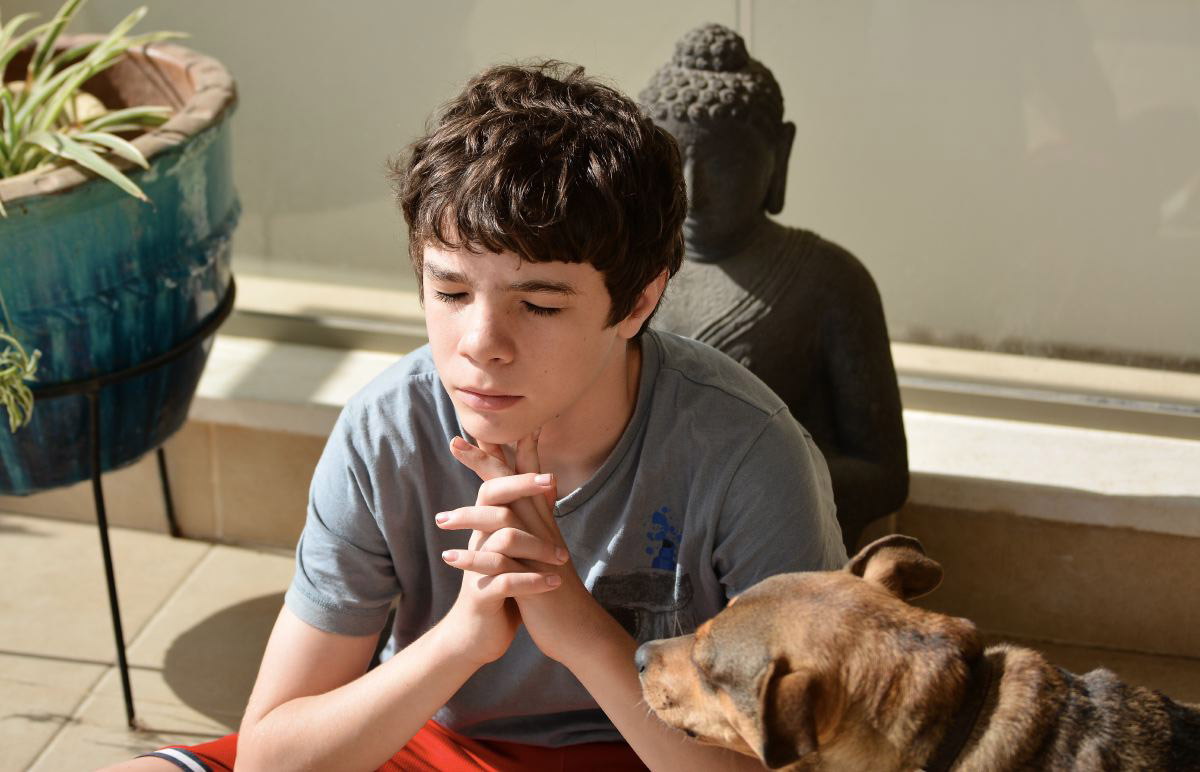SCULPTURES SHOT IN NATURAL LIGHT
One of the joys of being a photographer is solving problems. You can see from the number of portfolios on this website that I shoot models, products, food, architecture, events, etc, and love to overcome the challenges that such variety inevitably entails.
A few years ago a local artist asked me to shoot her bronze sculptures. She was disappointed with results of the first photographer she’d tried and wanted high quality shots that emphasised the smooth flowing surfaces and textures of her work. As I have a BA degree in Fine Art I could readily understand how she felt.
The photographer had lit the sculptures using two lights, one at each side of the camera pointing towards the artwork. This lighting is OK for portraits and product shots in general, but cannot be used on reflective metallic surfaces because it creates obvious highlights that destroy the fluid curving surfaces of the artworks.
Shooting such reflective surfaces requires diffuse indirect lighting and would normally require a well equipped studio which was beyond her budget. Fortunately I had wonderful source of diffuse indirect lighting that would be perfect to produce high quality results to showcase her artworks – natural shade! I shot the sculptures under the porch at the side of her house.
I decided the bronzes would look best if rim-lit against a pure black background. I simply placed each bronze on a table under the porch and shot them from the shadow side as you can see here.
I controlled the available light using white plastic sheets to reflect light where necessary. The effect of the diffused shade and white reflectors was easy to adjust to get the rim-lit effect that I wanted.
The photography required was basic, just a hand-held camera set on manual and carefully exposed for the shaded areas: I used a small aperture to make sure the sculpture was sharply focussed from the front to the back, then adjusted both the shutter speed and ISO to set the exposure. I kept the ISO as low as possible to minimise the grain and maximise the detail. The camera was set to shoot Raw files rather than Jpegs – these record the maximum amount of data and give the highest quality results during post processing.
Most lenses now have optical image stabilisation and some cameras have “in body image stabilisation” (IBIS), nevertheless it’s important to be able to hold the camera steady. It’s also a good idea to take several shots from each viewpoint, refocussing between each one. Later you can select from the best and sharpest shots.
It’s important to have a good practical understanding of how aperture, shutter speed and ISO are interdependent and combine to affect the exposure. Before DSLRs we shot with simple mechanical cameras that had just a few dials to turn and no menus to get in the way: Good photography courses often insist that you use only manual mode until you get the hang of these basic and essential controls.
Post Processing
Post processing is a very important aspect of digital photography. After downloading the Raw files into my computer I developed them in Capture One, my preferred Raw file processing software. Then I used Photoshop to make precise cut-outs of each sculpture and to add the black background. I carefully modified the lighting and contrast in certain areas (using several masked curves layers) to show off the flowing surfaces to best advantage.
This sort of retouching might sound difficult, but it isn’t. It does takes plenty of practice but is easy and fun to do. Anyone who’s serious about producing quality commercial photography needs to competent at using some of the wonderful digital software that makes our job that much easier.
When I showed the artist the first finished results her eyes filled with tears: The beautiful shapes, surfaces and textures that she had worked hard to create were as clear in the photographs as they were in life. It was a privilege to have helped promote her artworks.

















